https://www.weforum.org/communities/the-future-of-human-enhancement
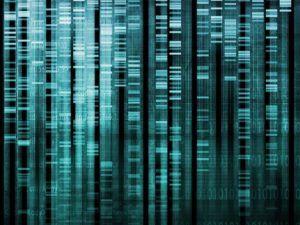

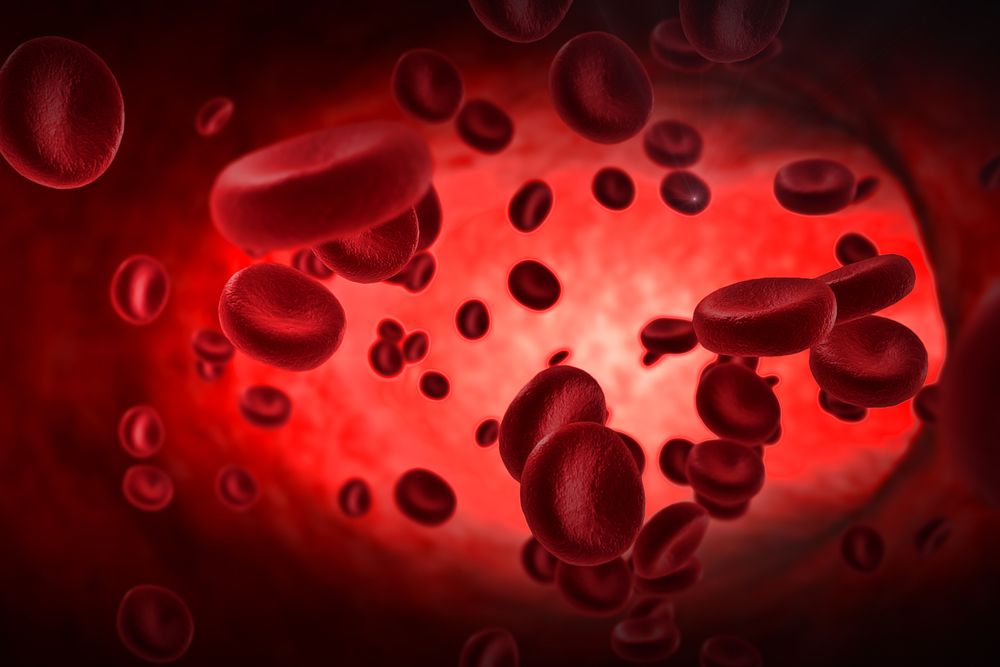
An interview with Drs. Irina and Michael Conboy on the topic of young blood and blood filtering for rejuvenation purposes.
Due to a recently published study on the effects of young plasma on aged mice, we got in touch with Dr. Irina Conboy of Berkeley University. Dr. Conboy is an Associate Professor at the Department of Bioengineering and an expert in stem cell niche engineering, tissue repair, stem cell aging and rejuvenation. Before we dive into the main topic, let’s familiarize ourselves a little with Dr. Conboy and her work.
Dr. Conboy got her Ph.D. at Stanford University, focusing on autoimmunity. She met her partner in science—and in life—Dr. Michael Conboy at Harvard and they got married before embarking on graduate studies; they celebrated their Silver Anniversary a few years ago. During her postdoctoral studies, she began focusing on muscle stem cells, trying to figure out what directs them to make new healthy tissue and what causes them to lose their ability to regenerate the tissues they reside in as we age[1].
Together with her husband Michael, she eventually discovered that old stem cells could be reactivated and made to behave like young ones if appropriately stimulated. The Conboys’ parabiosis experiments—which consisted in hooking up the circulatory systems of aged and young mice—showed that old age is not set in stone and can be reversed in a matter of weeks[2].
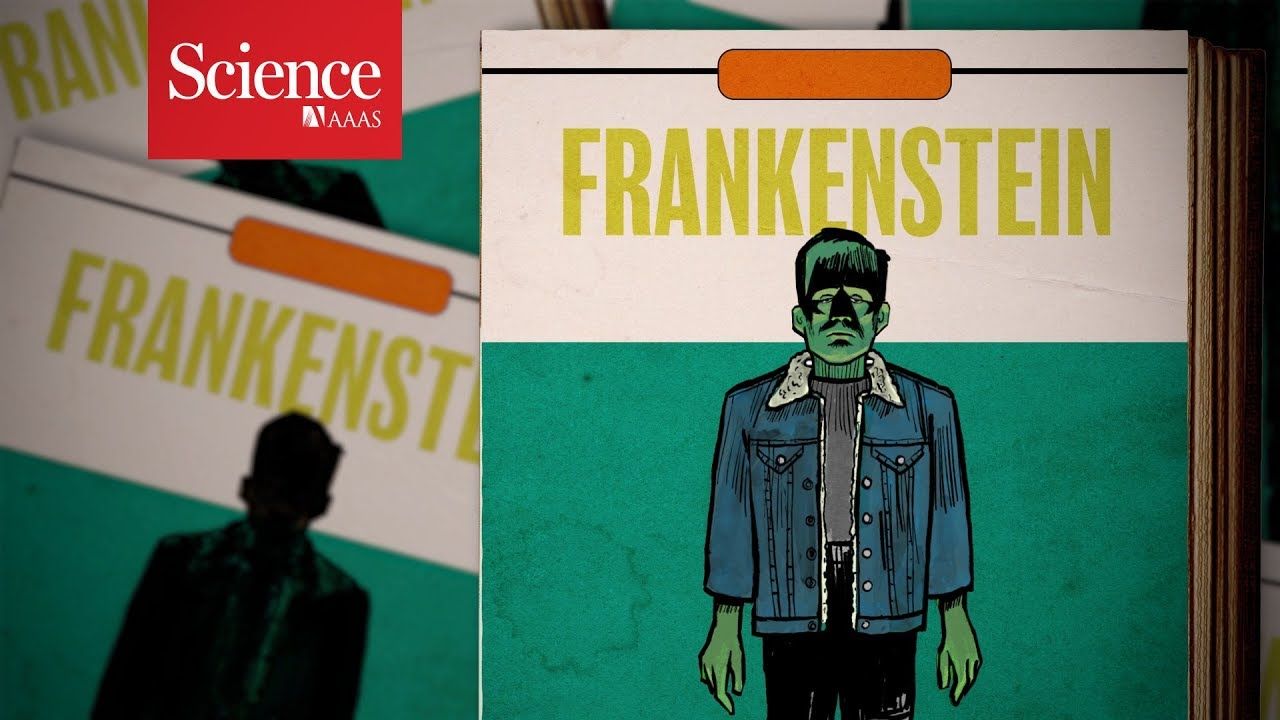
The dozen people working at CSER itself—little more than a large room in an out-of-the-way building near the university’s occupational health service—organize talks, convene scientists to discuss future developments, and publish on topics from regulation of synthetic biology to ecological tipping points. A lot of their time is spent pondering end-of-the-world scenarios and potential safeguards.
A small cadre of scientists worries that lab-made viruses, AI, or nanobots could drive humans to extinction.


8 top videos of the future of medicine from 2017.
Summary: a review of the eight top videos on the future of medicine reported in 2017. [This article first appeared on the LongevityFacts.com website. Author: Brady Hartman.]
Throughout 2017, a new breed of researchers called geroscientists were working on revolutionary medical advances, including cancer-seeking bacteriobots, lab-grown organs, soft robots that help an ailing heart to beat, weaponized killer T-cells, plans for radical life extension, advancements in CRISPR gene editing, and the emergence of the microbiome in human health.
These videos came from many sources including Kurzsegat, Popular Science, and the journal Nature. Here’s a look back at the 8 videos in 2017 that shows us the coming revolutionary advances in healthcare.

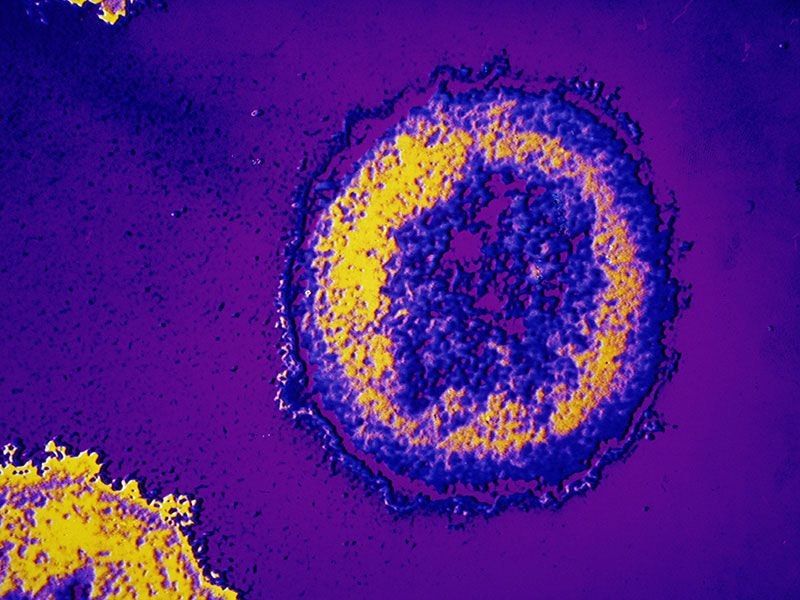
TUESDAY, Jan. 9, 2018 — In a potential advance for medical research, scientists say they’ve created the first functioning human muscle from skin cells.
The breakthrough could lead to better genetic or cell-based therapies, as well as furthering investigations into the causes and treatment of muscular disorders, the Duke University team said.
“The prospect of studying rare diseases is especially exciting for us,” Nenad Bursac, professor of biomedical engineering, said in a university news release.
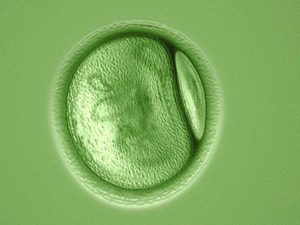

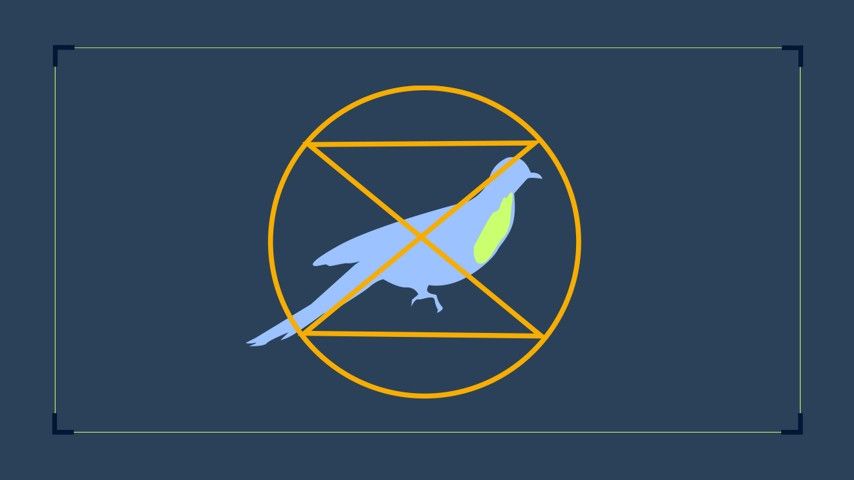
The extinction of various species has led to a segregation of human activity and natural activity, says Stewart Brand of The Long Now Foundation, which focuses on long-term strategies for the next 10,000 years. The organization develops biotechnology to allow humans to better co-exist with nature. In this interview filmed at the 2016 Aspen Ideas Festival, Brand discusses how biotechnology can be used to bring back the passenger pigeon from extinction and mitigate climate change at last.